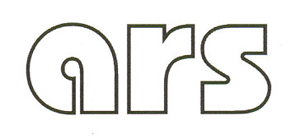Franz Weissman’s sculptures from the 1950s have an ambiguous reception: whereas international critics receive them as Concrete Art, Brazilian artworld defines them as Neonconcrete. The former describes only their formal elements, but local critics – beginning with Ferreira Gullar – emphasize their expressive effects, which characterize Neoconcretism. This article analyzes how these aspects became meaningful together: first, we have employed what North-American literary criticism defined as “close reading”; after describing their primary components, we focus on the expressive effects. Thus, the analyses of the works Cubo Vazado , Coluna Concreta , Modelo Neoconcreto , Três Pontos , Ponte and Torre unveil his constructivist project – which would underpin Neoconcretism –, that aimed at the transformation of a country that was unable to implement a full technological modernity.
Franz Weissmann; Sculptures from the 1950s; Concretism; Neoconcretism, Modern Brazilian Art




















